It’s hard to ignore what’s currently evolving in Ukraine as it floods today’s media. Russian President Vladimir Putin has denied that his government would invade neighbouring Ukraine for months, then suddenly, he tore up a peace deal and invaded Ukraine on February 24. But what’s exactly happening in eastern Europe, and how did we get here?
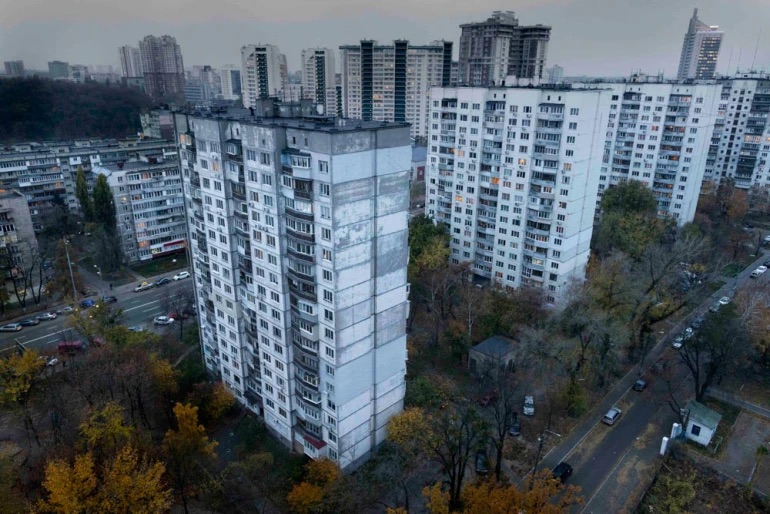
Soviet Union
Russo-Ukrainian relations date back many years but are primarily rooted in the sovereignty of the Ukrainian state. Russia and Ukraine served as the two founding members of the Union of Soviet Socialist Republics (USSR). With this came the ban of the Ukrainian language and the assimilation into Russian culture.
Ethnic Ukrainians were treated poorly under the USSR and experienced mass, man-made hunger in the USSR in the 1930s, which led to the ethnic Ukrainian population decreasing drastically.
Following the dissolution of the USSR, Ukraine gained independence and became the third-largest holder of the atomic arsenal in the world in 1991. The United States, Russia, and Ukraine held a series of diplomatic agreements and denuclearized Ukraine.
Russo-Ukrainian tensions in 2013
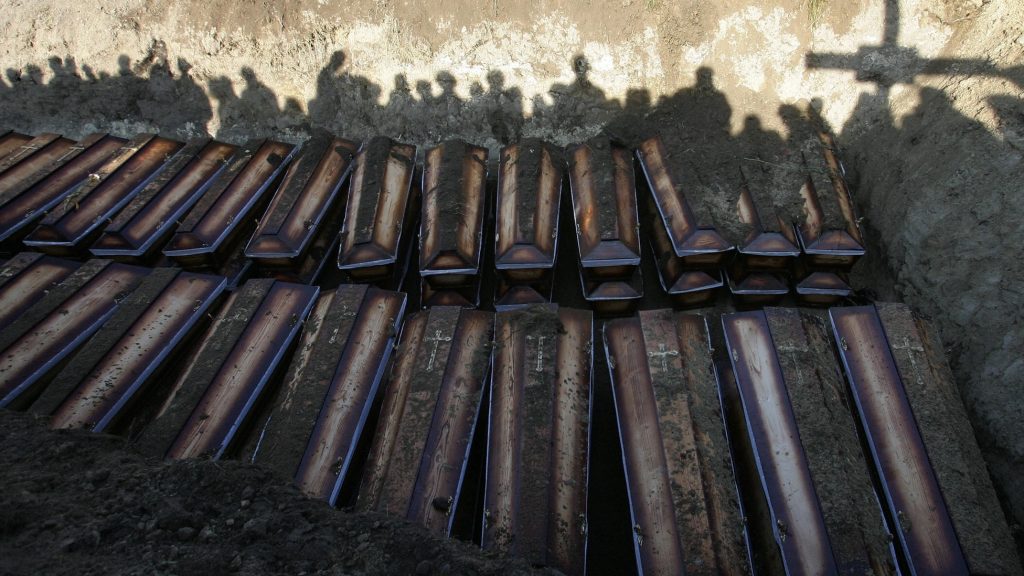
In 2013, Ukraine pursued an association agreement with the European Union (EU), which was met with hostility from Russia amidst fear of western political domination, a sentiment that recurs throughout Russian history. Russia imposed an embargo of Ukrainian goods in response and warned Ukraine that the signing of the EU agreement would be met with harsh economic tactics and the possible fall of the Ukrainian state.
The Ukrainian government suspended preparations for signing the EU agreement, something that most Ukrainians were not in favour of.
Annexation of Crimea in 2014
Following the collapse of the USSR, the Ukrainian state, Crimea, was declared an autonomous state as a part of Ukraine. There were years of conflicts between ethnic Russians in the Crimean region but issues primarily arose in the 2000s. The Russian government adamantly claimed that it was time for Crimea to return to Russia.
In 2014, backed by pro-Russia separatists from the Ukrainian Donbas region, Russia invaded the Crimean Peninsula. The invasion came after mass Ukrainian protests that ousted the pro-Russian and Neo-Soviet President Viktor Yanukovych. Russian separatists demanded a Russian-backed government in the region.
On February 27 of that year, Russian special forces seized the Supreme Council of Crimea and replaced Crimean Prime Minister, Anatolii Mohyliov with Sergey Aksyonov, a member of the Russian Unity Party. Soon after, Russian military presence increased.
On March 18, the Treaty on Accession of the Republic of Crimea to Russia was signed, and the Republic of Crimea became federal subjects to the Russian Federation.
The treaty was declared invalid by the United Nations and in 2021, the Ukrainian government launched the Crimea Platform, a diplomatic initiative to protect the rights of the people of Crimea.
Leading up to invasion
Ukrainian media was banned in Russia in 2015 and both countries have advised their respective citizens from travelling to the other country. Military conflict has plagued the two countries since the Annexation of Crimea but has never escalated to the extent of invasion that the world is seeing today.
In the spring of 2021, 90,000 Russian troops were stationed on the border of the Donbas region. Russia insisted that the troops posed no threats. In late 2021, Ukrainian President Volodymyr Zelensky announced his intent for Ukraine to join the North Atlantic Treaty Organization (NATO) which Russian President Vladimir Putin deemed a security threat. If Ukraine were to join NATO, it would welcome the presence of NATO troops in Ukraine.
In December 2021, Putin published an article calling Russians and Ukrainians “one people” and demanded that the United States and NATO refuse the admission of Ukraine to NATO. He deploys hundreds of thousands of Russian troops to the border of Ukraine.
Last month, Putin declared the Ukrainian regions of Donetsk and Luhansk that had previously broken away from Ukraine as independent states. Three days later, Russia launched a full-scale invasion of Ukraine, starting in Donbas.
The current situation
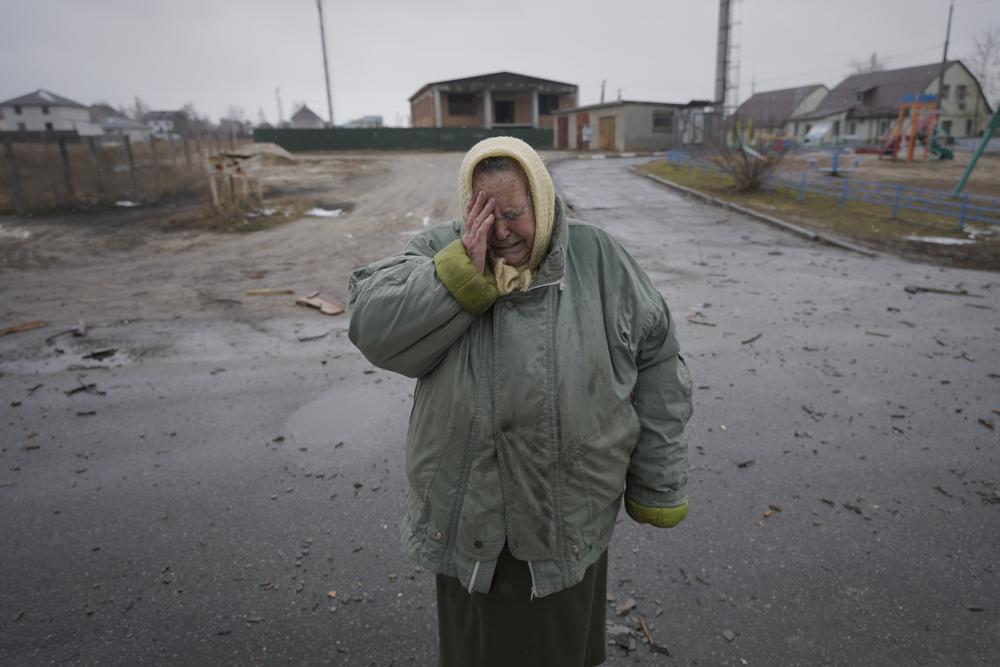
On February 25, 2022, the key battleground was the Ukrainian capital, Kyiv. Russia deployed gunfire and explosions on the capital. President Zelenskyy announced a martial law that banned military-age men between 18 to 60 from leaving Ukraine. NATO then announced that it would deploy air, land, and sea Response forces. Dmytro Kuleba, the Ukrainian Foreign Minister, accused Russia of attacking a Ukrainian kindergarten and orphanage.
February 26 saw cruise missiles launched across the Ukrainian cities of Sumy, Poltava, and Mariupol. A Ukrainian helicopter was assaulted at the Hostomel airport, and Russian artillery struck down buildings across Kyiv.
On February 27, Putin announced that he had placed a Russian nuclear deterrent force on alert following what he called “aggressive” statements from NATO. Both countries sent delegations to Belarus to talk about ceasefires. Russia was removed from the Swift interbank system which would harm Russian companies’ abilities to conduct international business. Furthermore, the EU banned Russian aircrafts from flying over EU nations.
Peace talks in Belarus ended with no results on February 28 as President Zelenskyy asked for a fast-track membership to the EU. Satellite photos were also released of Russian military convoys approaching Kyiv that were several kilometres long. Kharkiv was under heavy rocket fire.
Sheikh Mohamed bin Zayed, the Crown Prince of Abu Dhabi, met with Putin via telephone to talk about finding a solution to the crisis on March 1. Youtube blocked channels linked to Russian state-backed media. Britain issued sanctions against Belarusian military targets who aided Russia in invading Ukraine.
Refugees
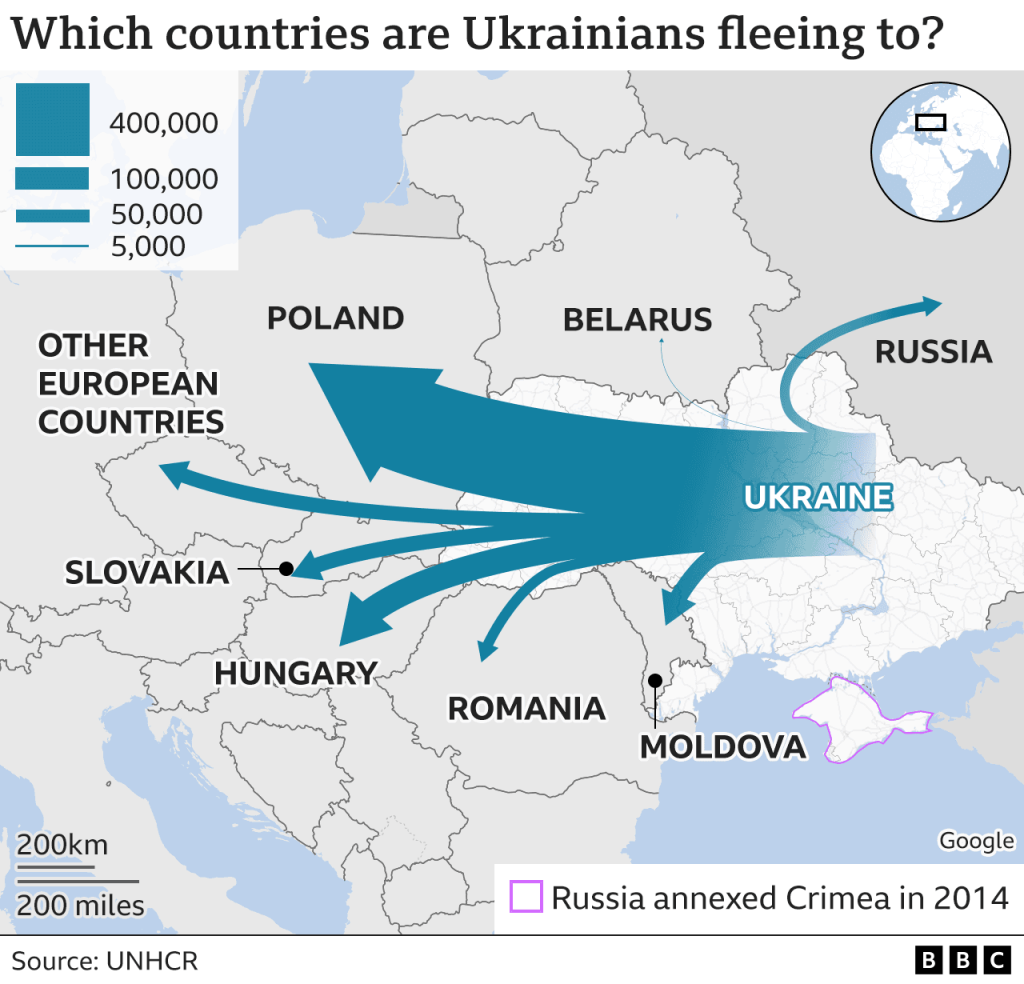
More than 800,000 civilians have fled from Ukraine following its invasion. The EU estimates that up to four million people will try to leave Ukraine due to this crisis. Refugees are crossing into Romania, Slovakia, Poland, Hungary, and Moldova.
Poland is offering refugee centres, providing food and medical care. Hungary and Romania have been distributing clothing and food allowances and Ukrainian children are being placed in local schools. The Czech Republic has activated its Migration Wave Preparedness Plan.
Response
European countries such as France, Greece, Spain, Slovakia, France, and the UK have condemned the invasion of Ukraine. Jailed Russian opposition leader, Alexei Navalny, who survived poisoning at the hands of Putin’s Kremlin in 2020, called for daily protests against the invasion in the streets of Russia.
Sanctions
The EU has banned transactions with the Russian Central Bank and has implemented sanctions on Russian people and entities linked to the Ukrainian invasion. They have also frozen the assets of Vladimir Putin and Russian Minister of Foreign Affairs, Sergey Lavrov. The EU has suspended any future summits with Russia, revoked any future G8 meeting invitations, and will no longer allow lending to Russia through the European Investment Bank.
Most international sanctions against Russia are focused on its oligarchs—former businessmen who rapidly accumulated wealth after the dissolution of the USSR. US President Joe Biden has targeted sanctions on numerous Russian oligarchs, but there are calls for more international sanctions against bigger and wealthier oligarchs.
International silence
Several countries have yet to comment on the Russian invasion or have blatantly not condemned the invasion. Azerbaijan has ignored calls for condemnation of the invasion, as well as Iran, Syria, Cuba, India, and China.
Unsurprisingly, former USSR states Belarus, Armenia, Kazakhstan, and Kyrgyzstan are standing by Putin’s diplomatic decisions.
Canada’s response
Canada has been affected by the invasion of Ukraine because it is home to more than 1.3 million ethnic Ukrainians. Moreover, Canada is home to the world’s largest Ukrainian population outside of Ukraine and Russia.
Canada’s sanctions target 62 Russian individuals and entities, including oligarchs, major Russian banks, and members of the Russian Security Council. All export permits for Russia have been cancelled, accumulating a combined value of more than $700 million CAD.
The federal government also announced its plan to send anti-tank weapons and upgraded ammunition to Ukraine. Canada says that as of right now, the federal government has no intent to send Canadian troops into combat in Ukraine.
Prime Minister Justin Trudeau said last week that Canada “…will continue to deliver support for Ukraine’s heroic defence against the Russian military. It is increasingly clear that President Putin has made a grave miscalculation…Our message is clear: this unnecessary war must stop now. The costs will only grow steeper and those responsible will be held accountable”.
Protests
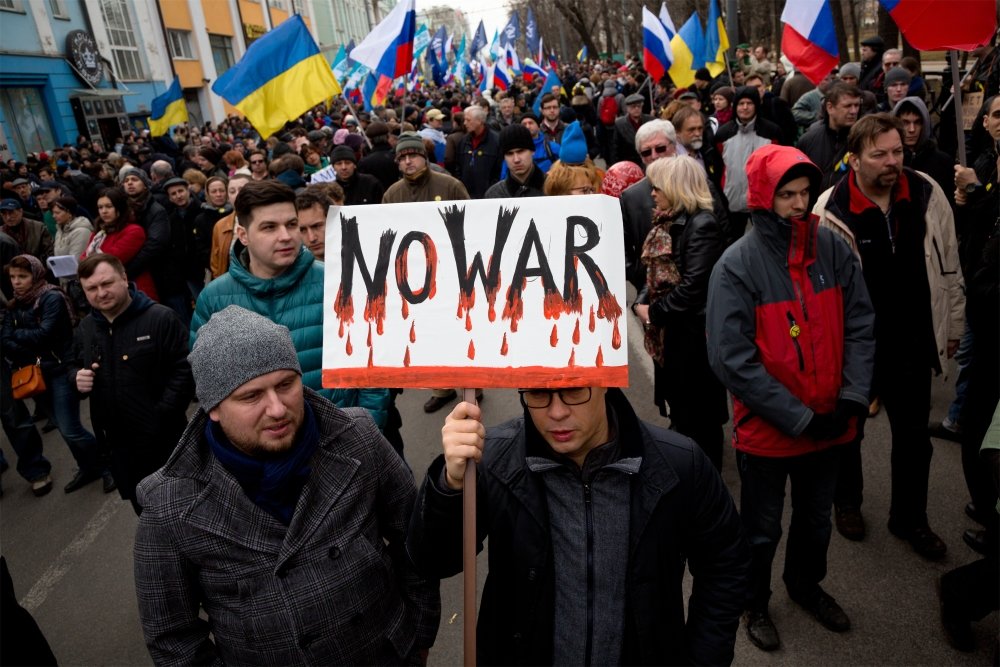
Protests have evolved around the world protesting the invasion of Ukraine at the hands of Putin’s Russia, but the most noteworthy have taken place within Russia itself. Since the invasion on February 24, over 5000 Russians have been arrested at anti-war protests.
Protesters were adorned with clothing and signs that said “нет войне”, a phrase sweeping across social media, meaning “no to war” in Russian. Tens of thousands of people across Europe have been demonstrating their protest of the invasion, including 100,000 people in Berlin.
UN meetings
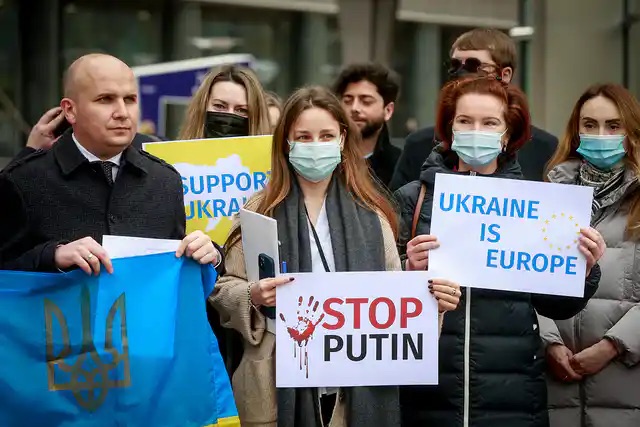
On March 2, the UN held a general assembly emergency meeting, where 141 of the 193 member states voted to condemn Russia’s invasion of Ukraine, calling for a withdrawal. Five states voted against the resolution; Belarus, Eritrea, Syria, North Korea, and Russia. The resolution claimed that the UN “deplores in the strongest terms the aggression by the Russian Federation against Ukraine” and demands that “the Russian Federation immediately, completely, and unconditionally withdraw all of its military forces”. Much to many member states’ dismay, the resolution is not legally binding.
If you wish to donate to the Ukrainian relief fund, visit the following links:
Canadian Red Cross: Ukrainian Humanitarian Crisis Appeal
Come Back Alive: Defending Ukraine Together
UNICEF Canada: Send Help to Ukraine
Médecins du Monde: Ukraine Crisis
The Ukraine Humanitarian Appeal
HelpAge Canada: Humanitarian Response for Older People and Their Families and Communities in Ukraine
Care Canada: Ukraine Crisis Response Fund
Are you a Ukrainian or Russian UNB student? Do you have personal connections to this crisis? We want to hear from you! Reach out to us at editor@thebaron.ca.


